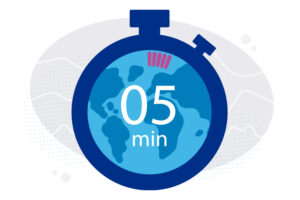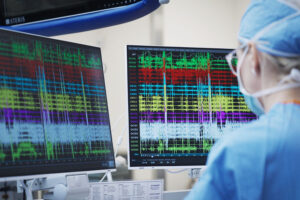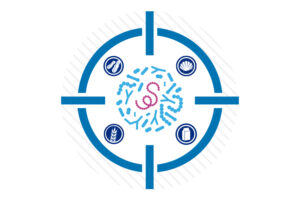MRI could reduce the mystery of brachial plexus injuries in infants
About one in 1,000 children are born with brachial plexus birth injury (BPBI), upper extremity weakness or paralysis resulting from trauma to the brachial plexus nerves during childbirth. Most children with BPBI recover with observation and minimally invasive care, but about 30 percent have injuries severe enough to lead to long-term impairment. Thanks to recent ... Read More about MRI could reduce the mystery of brachial plexus injuries in infants
Unstoppable: Flatfoot correction helps Jacob take control
The first time Dr. Susan Mahan examined Jacob’s feet, she pressed on a tender spot near one of his arches. “You see that?” Jacob’s mother, Lucie, remembers her saying. “That bone isn’t supposed to be there.” Jacob was 13 and had spent a frustrating year trying to figure out why basketball, his greatest source of ... Read More about Unstoppable: Flatfoot correction helps Jacob take control
Bringing order to disorder: Jhullian Alston, PhD
Proteins typically fold into orderly, predictable three-dimensional structures that dictate how they will interact with other molecules. Jhulian Alston, PhD, is drawn to intrinsically disordered proteins, whose key feature is a lack of structure. They are difficult to study and far less explored. “They’re floppy, they don’t have specific folds, they can’t slot into each ... Read More about Bringing order to disorder: Jhullian Alston, PhD
My son is a NICU GraD: Here’s what I’ve learned
My husband and I aren’t first-time parents, but when our twins were born nine weeks early a year ago, everything we thought we knew went out the window. The thing is, it wasn’t Cal and Theo’s early arrival that was the biggest shock; it was the challenges that came afterward. Life with newborns and a ... Read More about My son is a NICU GraD: Here’s what I’ve learned
Status epilepticus: What’s changed, what to know, and a global perspective
Status epilepticus, or a prolonged seizure lasting more than five minutes, is a rare complication of epilepsy and a medical emergency that can occur even in people without a diagnosis of epilepsy. If not treated quickly, it can cause brain damage, lifelong complications, and even death. “A prolonged seizure is a race against time to ... Read More about Status epilepticus: What’s changed, what to know, and a global perspective
Phenylketonuria: Giving treatment a second chance
Phenylketonuria (PKU) was once a common cause of intellectual disability. Children born with this metabolic condition lack phenylalanine hydroxylase (PAH), the enzyme needed to break down the amino acid phenylalanine (phe). Instead, phe builds up to levels harmful to the brain. PKU was the original condition tested for when newborn screening was piloted in Massachusetts ... Read More about Phenylketonuria: Giving treatment a second chance
Conduction tissue mapping is shown to significantly reduce heart block
New research by Boston Children’s validates an innovative approach to mapping the heart’s invisible conduction tissue during surgery. Key takeaways Using a catheter to map unseen conduction tissue drastically reduces heart block during biventricular repair surgeries for several heart conditions. Conduction tissue was identified in 96 percent of patients who were mapped. Only 4 of ... Read More about Conduction tissue mapping is shown to significantly reduce heart block
Could we cure or prevent food allergy by targeting an intestinal protein?
When is food simply nourishing and enjoyable, and when does it provoke an allergic reaction? The answer appears to lie in the balance of microbes that live in our intestine — and a specific protein secreted by intestinal goblet cells that influences that balance. Excess amounts of this protein, RELMß, change the profile of intestinal ... Read More about Could we cure or prevent food allergy by targeting an intestinal protein?
Crossing the ocean: Kathryn learns how to manage chronic pain
When Kathryn Chechile, 11, “graduated” from Boston Children’s Pediatric Pain and Rehabilitation Center (PPRC) last year, she painted a tile to hang on the wall of the Center’s space. It’s a fun ritual for patients who complete the intensive day program aimed at helping kids manage chronic pain. Kathryn’s design features a girl looking out ... Read More about Crossing the ocean: Kathryn learns how to manage chronic pain
From swallowing troubles to doughnuts: How vascular ring treatment helped Everly
By the time she was a year old, Everly Parisee was frequently wheezing. Then she had trouble swallowing foods. Her parents sought help from local pediatricians and specialists, who, in turn, couldn’t pinpoint a diagnosis. It turns out Everly had a type of vascular ring — a rare congenital defect that can constrict critical parts of the ... Read More about From swallowing troubles to doughnuts: How vascular ring treatment helped Everly











